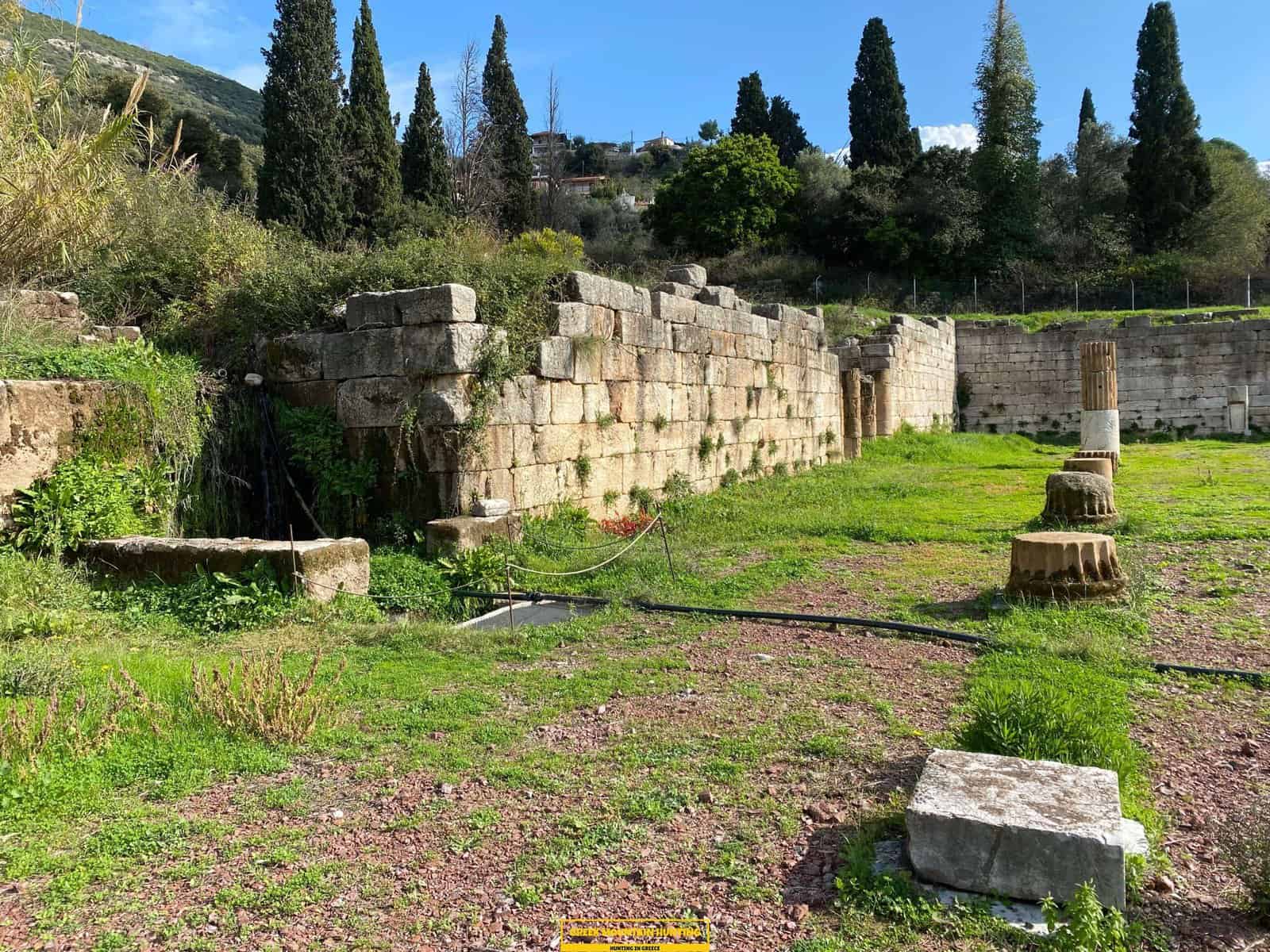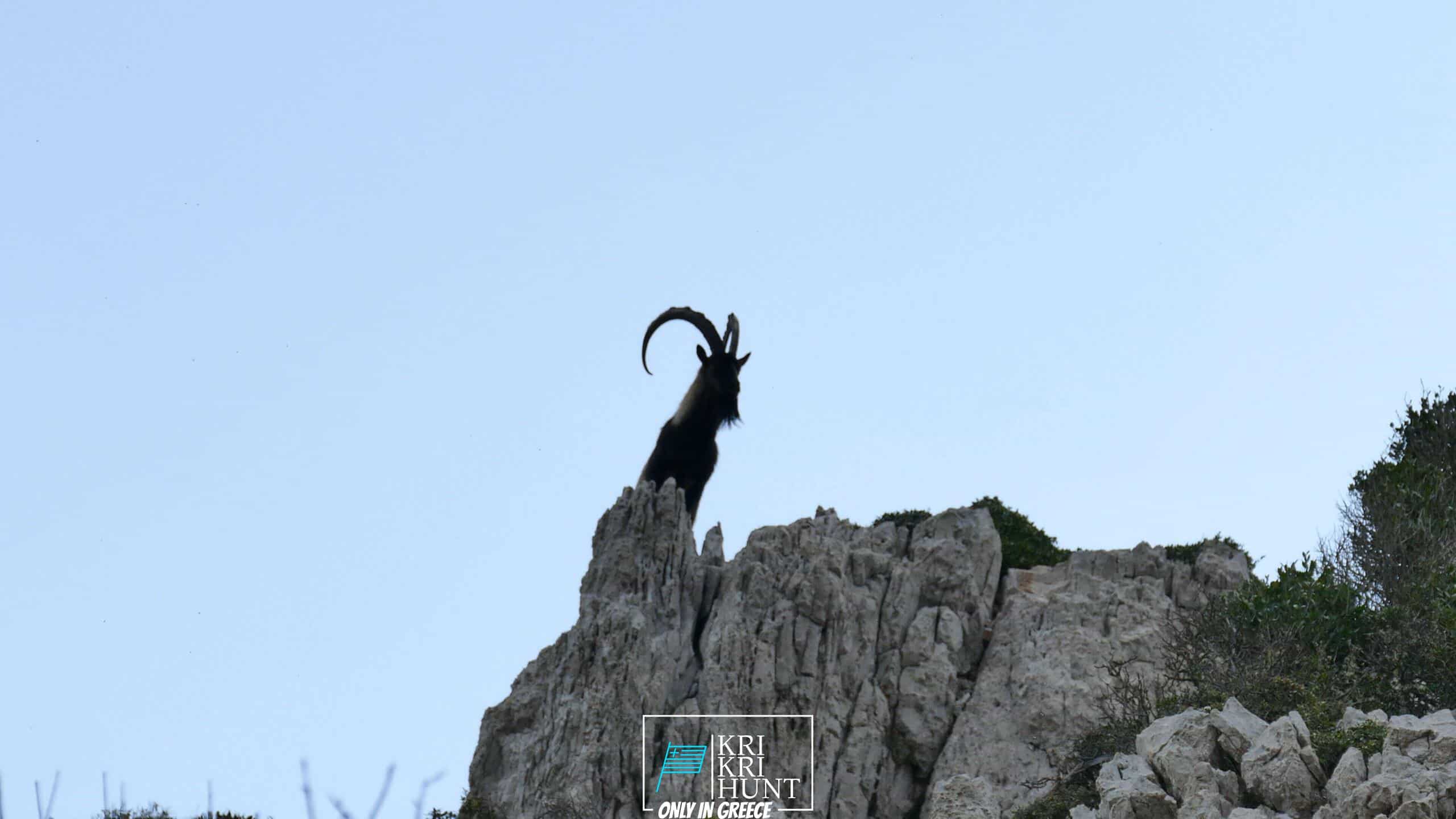A trip you will certainly always remember! Kri Kri ibex hunting in Greece.
A trip you will certainly always remember! Kri Kri ibex hunting in Greece.
Blog Article

The Kri Kri ibex search in Greece is an unbelievable hunting getaway and an interesting hunting exploration all rolled right into one. Hunting for Kri Kri ibex is an unpleasant experience for the majority of seekers, yet not for me! It's an amazing hunt for an attractive Kri Kri ibex on an unique island as we tour old Greece, dive to shipwrecks, and hunt throughout 5 days. What else would certainly you such as?

The kri-- kri ibex, sometimes called the Cretan goat or Agrimi (after an ancient area of Greece), is a wild goats that inhabits eastern Mediterranean. It used to be thought about simply an additional subspecies around but it's greater than satisfies assumptions when you learn more about its special background! The Ibex is NOT a small type of the Bezoar Ibex, which has actually migrated into this variety. The kri-- kris (Capra aegagrus cretica), sometimes called Cretan goats or Agrimi, are feral goat that occupy numerous parts in Eastern Mediterranean previously taken into consideration as subspecies for wild goats; however recent researches show they're not really associated and also should be recognized separately from any others species within genus Caprinae. The kri-kri is not thought to be indigenous to Crete, most likely having been imported to the island while of the Minoan people. The kri-kri ibex of Crete are thought to be an import from somewhere else, yet they have actually only been found on this island. It was common throughout the Aegean but the peaks of the 8,000 feet (2,400 m) White Mountains of Western Crete are their last garrisons-- especially a series of virtually upright 3,000 feet (900 m) high cliffs called 'the Untrodden'-- ahead of the Samaria Gorge. This mountain range, which holds one more 14 native animal varieties, is secured as a UNESCO Biosphere Reserve. In total amount, their array encompasses the White Mountains, the Samaria National Forest and the islands of Dia, Thodorou, and also Agii Pandes.
The first thing you will certainly observe when you get here in the Peloponnese peninsula is the strikingly attractive landscape. The mountains, woodlands, rivers, and also lakes make this area a nature lover's heaven. There are additionally a lot of opportunities for treking, fishing, swimming, and also other outdoor activities. But the Peloponnese peninsula is not almost its all-natural appeal; there are also numerous historical as well as social websites to explore. Do not forget also fishing, free-diving and hunting. Some of the most popular tourist destinations in the Peloponnese include ancient Olympia, Epidaurus, Mycenae, as well as Sparta. These destinations supply a fascinating glimpse right into Greece's rich history and culture. If you want learning more about Greek folklore, after that you will most definitely intend to check out Mount Olympus, home of the 12 Olympian gods. Obviously, no journey to Greece would be full without trying several of the scrumptious food. The Peloponnese peninsula is residence to some of the most effective olive oil in the world as well as feta cheese, olives, honey, as well as wine. Ensure to attempt a few of the local specializeds such as dolma (packed grape leaves), Souvlaki (smoked meat skewers), and Gyro (meat covered in pita bread).
There is truly something for every person in the Peloponnese peninsula. Whether you want history and also culture or nature and also outdoor activities, this is an optimal location for your next trip. If you are short promptly, our hunting and visiting Peloponnese Tours from Methoni is a terrific means to see whatever this spectacular location has to offer.And lastly, your Kri Kri ibex prize is waiting on you.
What is the diference between Kri Kri ibex, Bezoar ibex and hybrid ibex
The kri-kri is not thought to be indigenous to Crete, most likely having been imported to the island during the time of the Minoan civilization. Nevertheless, it is found nowhere else and is therefore endemic to Crete. It was common throughout the Aegean but the peaks of the 8,000 ft (2,400 m) White Mountains of Western Crete are their last strongholds–particularly a series of almost vertical 3,000 ft (900 m) cliffs called ‘the Untrodden’—at the head of the Samaria Gorge. This mountain range, which hosts another 14 endemic animal species, is protected as a UNESCO Biosphere Reserve. In total, their range extends to the White Mountains, the Samaria National Forest and the islets of Dia, Thodorou, and Agii Pandes.
This Ibex is NOT a diminutive form of the Bezoar Ibex, which has migrated into the western-most reach of the range of this species. The kri – kri (Capra aegagrus cretica), sometimes called the Cretan goat, Agrimi, or Cretan Ibex, is a feral goat inhabiting the Eastern Mediterranean, previously considered a subspecies of wild goat. The kri-kri has a light brownish coat with a darker band around its neck. It has two horns that sweep back from the head. In the wild they are shy and avoid tourists, resting during the day. The animal can leap some distance or climb seemingly sheer cliffs.
“The agrimi goat Capra aegagrus cretica is unique to Crete and its offshore islands. It has been identi®ed as a sub-species of the wild bezoar goat Capra aegagrus aegagrus Erxleben, 1777, which it closely resembles in horn shape, body form and coloration. This classi®cation has been disputed by some researchers who claim that the agrimi are feral goats, derived from early domestic stock brought to the island by the ®rst Neolithic settlers. In order to clarify this issue, DNA analyses (cytochrome b and D loop sequences) were carried out on tissue of live and skeletonized agrimi and compared to sequences of wild and domestic caprines. Results conclusively show the agrimi to be a feral animal, that clades with domestic goats (Capra hircus) rather than with wild Asiatic bezoar. This study demonstrates that morphometric criteria do not necessarily re¯ect genetic af®nities, and that the taxonomic classi®cation of agrimi should be revised.”
Report this page